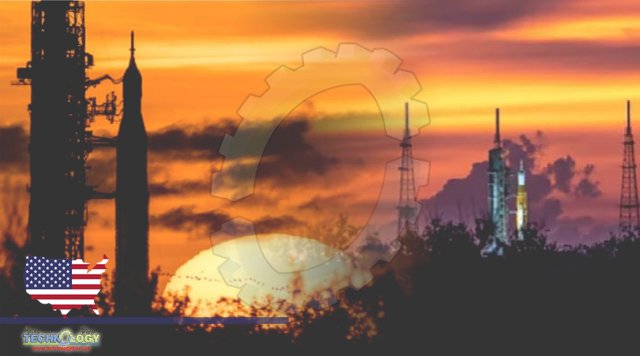NASA To Stand Down, After scrubbing yesterday’s Artemis I launch attempt when engineers could not overcome a hydrogen leak in a quick disconnect, an interface between the liquid hydrogen fuel feed line and the Space Launch System (SLS) rocket,

NASA mission managers met and decided they will stand down on additional launch attempts in early September.NASA To Stand Down, Over the next several days, teams will establish access to the area of the leak at Launch Pad 39B. In parallel, teams will also conduct a schedule assessment to provide additional data that will inform a decision on whether to perform work to replace a seal either at the pad, where it can be tested under cryogenic conditions, or inside the Vehicle Assembly Building (VAB).NASA will need to roll the rocket and spacecraft back to the VAB before the next launch attempt to reset the system’s batteries in order to meet the requirement by the Eastern Range for the certification on the flight termination system, which is currently set at 25 days. The flight termination system is required on all rockets to protect public safety. During yesterday’s launch attempt, engineers detected a leak in a cavity between the ground side and rocket side plates surrounding an 8-inch line used to fill and drain liquid hydrogen from the SLS rocket. Three attempts were made at reseating the seal, but all were unsuccessful. An early phase of hydrogen loading operations is called chilldown, when launch controllers cool down the lines and propulsion system prior to flowing super cold liquid hydrogen into the rocket’s tank at minus 423 degrees F.
During chilldown an inadvertent command was sent that temporarily raised the pressure in the system. While the rocket remained safe and it is too soon to tell whether the bump in pressurization contributed to the cause of the leaky seal, engineers are examining the issue.NASA To Stand Down, When Artemis I is ready to launch, a range of personnel from NASA, industry, and several international partners will be on hand to support the mission. Before they get to launch day, the alignment of the Earth and Moon will determine when the Space Launch System (SLS) rocket with the uncrewed Orion spacecraft atop it can launch, along with several criteria for rocket and spacecraft performance. Engineers identified key constraints required to accomplish the mission and keep the spacecraft safe in order to determine potential launch dates. The resulting launch periods are the days or weeks when the spacecraft and rocket can meet all mission objectives. These launch periods account for the complex orbital mechanics involved in launching on a precise trajectory toward the Moon while the Earth is rotating on its axis and the Moon is orbiting Earth each month in its lunar cycle. This results in a pattern of approximately two weeks of launch opportunities, followed by two weeks without launch opportunities.
Source: This news is originally published by scitechdaily